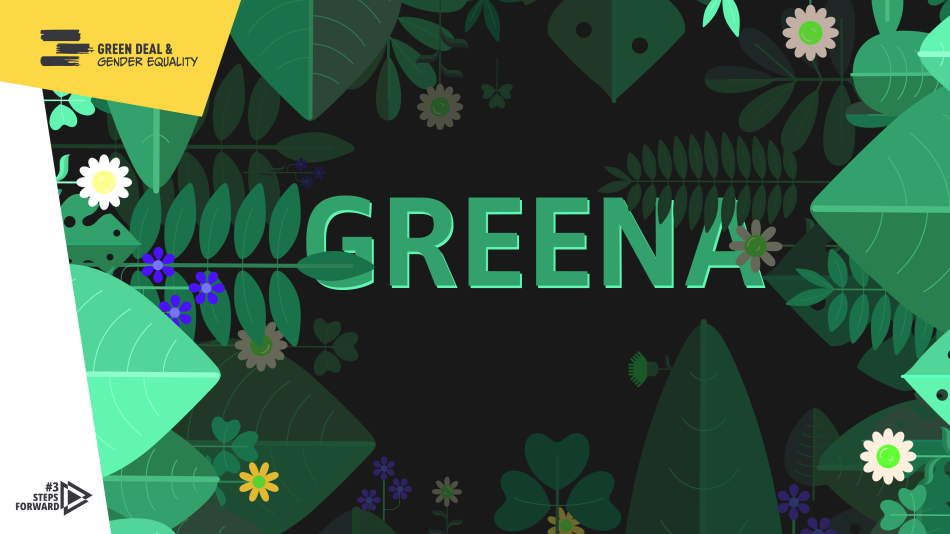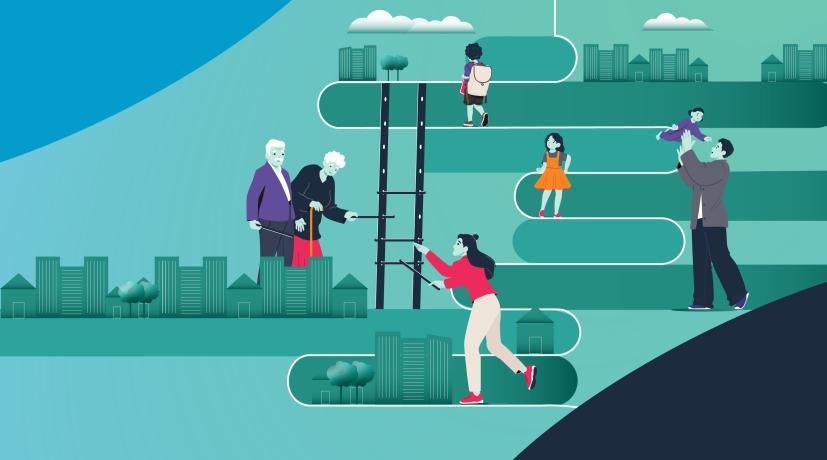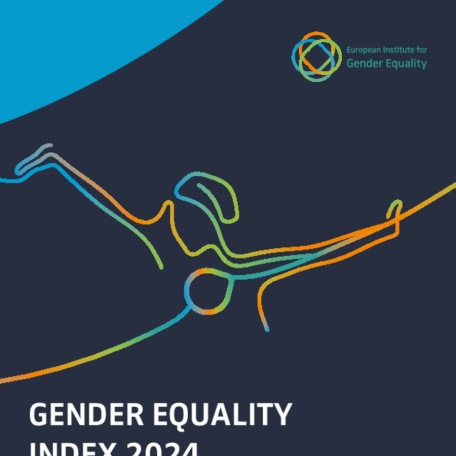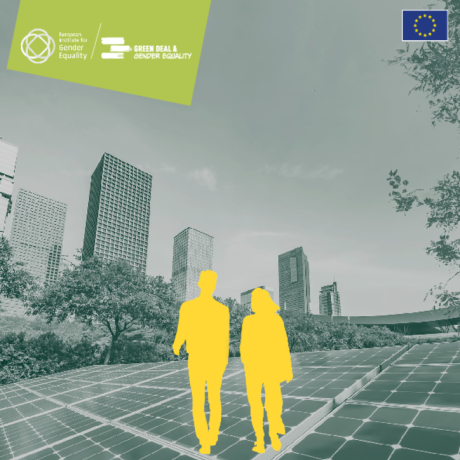
Addressing the gender impacts of climate policy is vital for the EU to achieve its goal of a more sustainable future where no one is left behind.
Climate change affects everyone, but not equally. Women are often disproportionately affected by it, in particular single mothers, single women, women with disabilities and elderly women living alone. This is due to unequally shared care responsibilities and more limited access to economic resources and decisions. Thus, women face greater challenges during eco crises.
A new toolkit developed by EIGE, the EU’s gender equality agency, recognises this imbalance and offers practical solutions to address it. To help ensure environmental policies foster inclusivity, EIGE is launching its innovative GREENA (Gender-Responsive Evaluation for an Environmental and Sustainable Future for All) toolkit.
This step-by-step guide provides a framework for policymakers to ensure their efforts for the environment don’t widen existing inequalities.
Joana Simão Costa, Energy and climate lawyer at the EU Directorate-General for Energy (DG ENER) says:
Understanding the gender impacts of energy and climate policies is not just an ethical imperative but a strategic necessity. In addition, by conducting gender-responsive evaluations, we can illuminate the nuanced ways in which those policies affect different people, ensuring our efforts are truly inclusive and effective. The GREENA toolkit provides instrumental guidance in this respect, fostering more equitable and sustainable outcomes.
Who is the GREENA toolkit for?
The GREENA toolkit was developed specifically to help public administrators in the EU, such as policy officers, policymakers or monitoring and evaluation officers. Some of the tools will primarily benefit those who commit an evaluation, while others are aimed at those who conduct an evaluation. Some tools will be helpful to both Commissioners and evaluators.
The toolkit will also benefit those who manage, implement or evaluate funds, particularly funds that establish gender equality as a horizontal principle, namely those governed by the Common Provisions Regulation (CPR) for 2021–2027 funds, and other EU funds and investments, such as the Recovery and Resilience Facility and funding mobilised in the context of the European Green Deal and Horizon Europe.
But it will also benefit anyone looking to understand the gender impacts and implications of environmental initiatives. As such, it is a valuable resource for businesses, NGOs wishing to run parallel gender-impact assessments of governmental programmes, funding organisations, international donors, businesses and equality experts.
How does the GREENA toolkit work?
In line with the EU’s commitment to integrate a gender perspective at all stages of policy design in all policy areas, the forthcoming Social Climate Fund asks Member States to explain how measures and investments in their Social Climate Plans will address gender inequalities.
In that regard, the GREENA toolkit is also intended as an essential resource for planners to consult before launching a policy, programme, or project, with specific examples in four European Green Deal policy areas: transport, energy, agriculture and circular economy.
Involving women and men who are affected by an intervention (citizens, civil society, researchers, etc.) in the design, planning and implementation of its evaluation is key to a gender-responsive evaluation. Under tool 5 – designing the methodological approach and tool - you can find the example of a gender-responsive evaluation using participatory methods in which the city of Nantes mapped the different needs of women and men who use night-time public transportation in the city. This was done in five specific ways: survey, night-time observations, collaborative cartography, interviews, and participatory benchmarking. It’s one of the many concrete examples you will find in the toolkit.
Specific Tools from the GREENA toolkit are relevant to those conducting ex-ante evaluations. When assessing environmental impacts, you should aim to go a step further and consider how environmental aspects or areas need to be analysed through a gender lens to obtain a more accurate picture of reality:
- Tool 1 will help you understand what gender impacts are and support you in identifying such gender equality impacts of your intervention.
- Tool 6 will support you in assessing the gender impacts of your intervention and understanding to what extent it has contributed to eliminating gender inequalities and promoting equality between women and men in six key dimensions (see below).
- Tool 8 helps you identify the gender and environmental impacts of your intervention.
GREENA toolkit helps evaluators identify gender impacts under six key dimensions in which structural gender and intersecting inequalities manifest
- Participation in the labour market and the economy
- Gender stereotypes, gender roles and responsibilities
- Participation in public life and decision-making
- Care, including paid and unpaid care work
- Gender-based violence
The GREENA toolkit contains 11 individual tools. The tools complement each other but may also be used independently. The tools are organised to provide support at various points during the evaluation process, from kick-starting the evaluation to communicating findings.
It provides a clear assessment framework for inclusion and sustainability targets.
For those dedicated to gender equality and environmental sustainability, the toolkit offers a new pathway to influence real, lasting change.
Read more
Explore the GREENA toolkit for gender-responsive evaluation for a sustainable future for all
Download the GREENA toolkit for gender-responsive evaluation for a sustainable future for all
In brief: Gender-responsive evaluation for a sustainable future for all
Read more about fostering a gender and intersectional perspective in EU foresight





